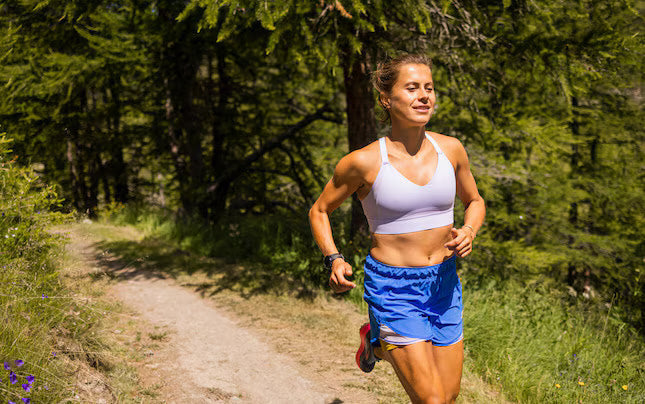Running isn’t done in isolation. Every step is shaped by the environment — from the terrain under your feet to the air you breathe, the people you run with, and the energy around you. The environment influences performance, safety, and even motivation.
The Physical Environment
Terrain & Surfaces
Roads & Pavement: Consistent but higher impact on joints.
Trails: Softer, scenic, and build strength through varied terrain.
Tracks: Controlled, flat, and ideal for speed sessions.
Treadmills: Useful in bad weather, but less variation and scenery.
Why it matters: Different surfaces challenge muscles differently, affect impact forces, and can prevent overuse when varied.
Climate & Weather
Heat: Increases sweat loss, heart rate, and hydration needs.
Cold: Demands extra energy to regulate body temperature.
Altitude: Lower oxygen levels force the body to adapt, building endurance.
Runners adapt over time — heat training boosts plasma volume, altitude training stimulates red blood cell production.

The Social Environment
Running Community: Training with others increases motivation, accountability, and resilience.
Spectator Energy: Research shows athletes perform better with an encouraging crowd — adrenaline and morale rise.
Shared Atmosphere: Group runs create rhythm and support, making miles feel lighter.
Why it matters: Humans are social creatures — encouragement and shared energy fuel both performance and enjoyment.
The Mental Environment
Scenery & Nature: Running in parks, forests, or near water reduces stress and enhances focus.
Noise vs. Calm: Some thrive in bustling city energy; others need the quiet of trails for mental clarity.
Headspace: A positive mental environment — where stress is left behind — makes running meditative and restorative.
Studies show exposure to natural environments lowers cortisol, improves mood, and enhances mental recovery compared to urban settings alone.
Choosing the Right Environment for You
Mix surfaces (trail + road + track) for well-rounded training.
Adjust training to climate (heat, cold, humidity) and prepare hydration/fueling accordingly.
Seek environments that motivate you — scenic routes, running partners, or lively races.
Protect mental environment: some days, solo quiet runs recharge you; other days, group runs inspire you.
Environment isn’t just background — it’s a performance factor.
- Physical surroundings shape how the body adapts.
- Social support provides energy and accountability.
- Mental environments influence focus, stress, and joy.
Running in the right environment doesn’t just make you a stronger athlete — it makes the experience richer, healthier, and more sustainable.

Share:
Why Running Matters: More Than Just Miles
Running in Beautiful Places: Where Scenery Fuels the Soul